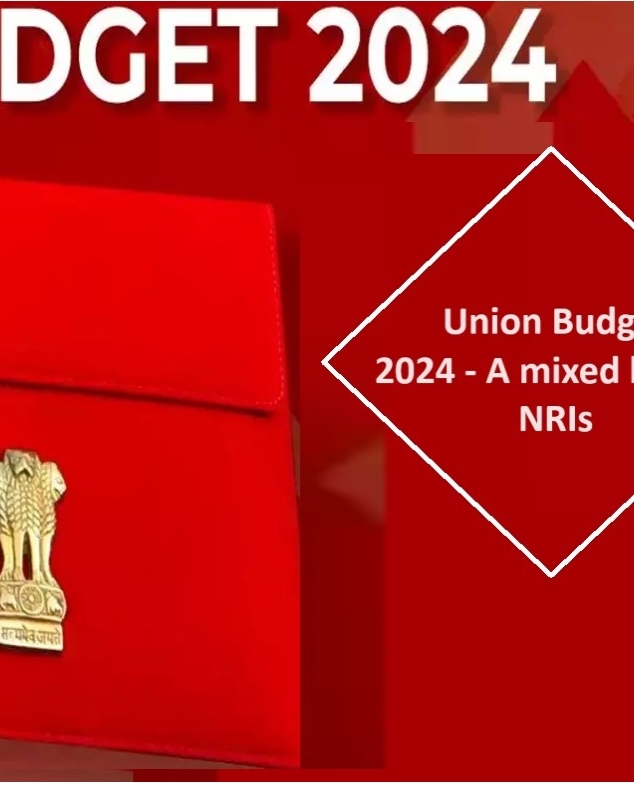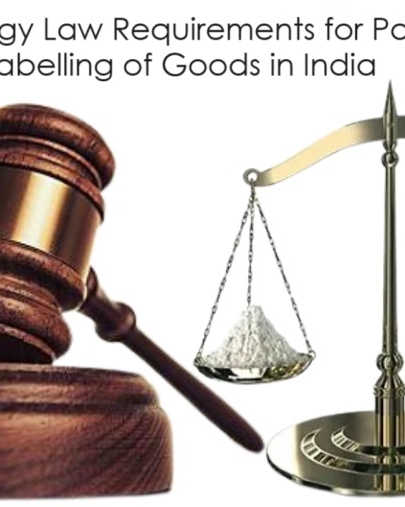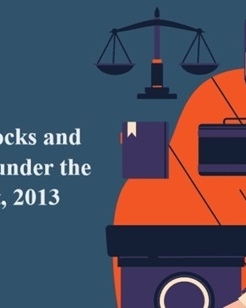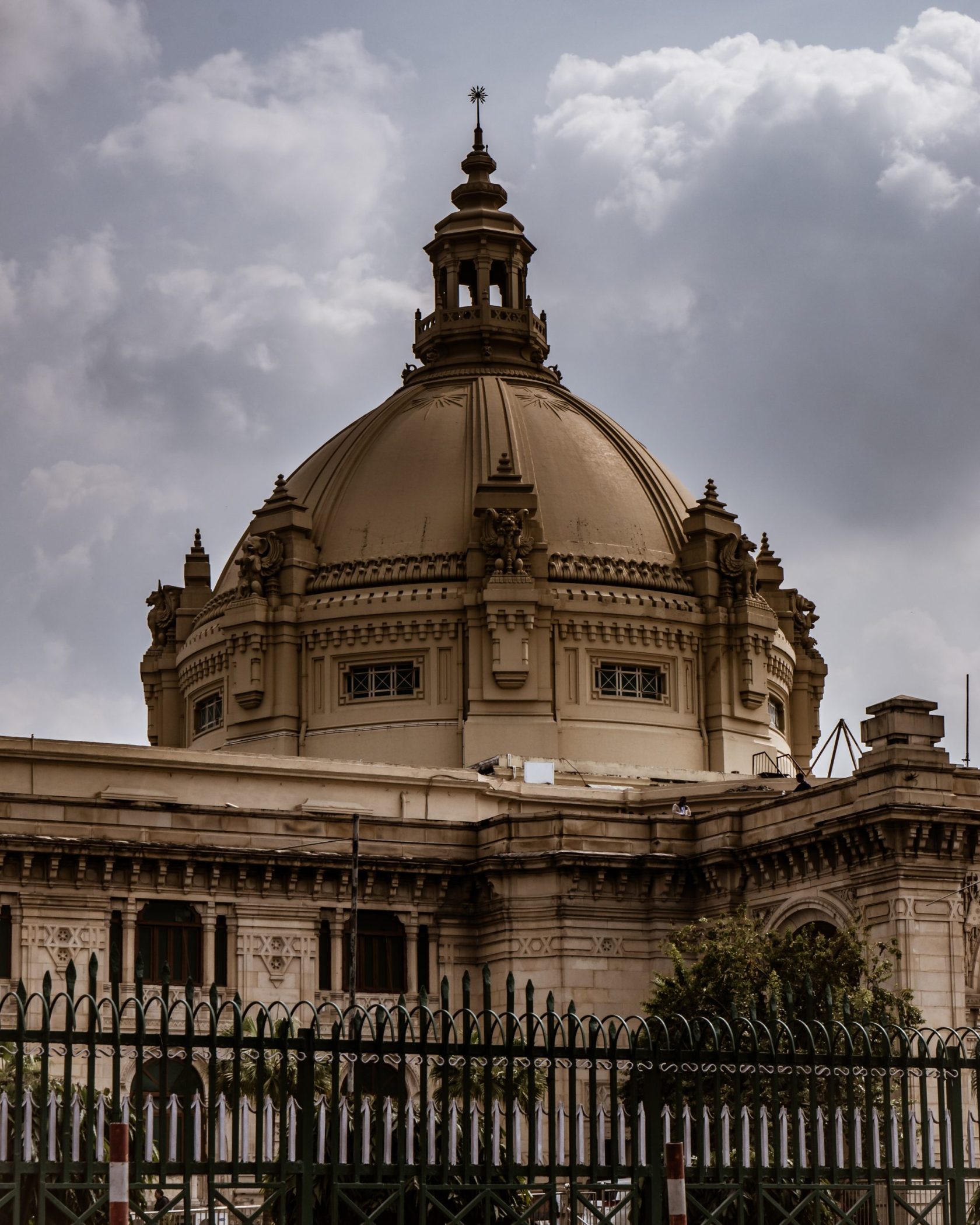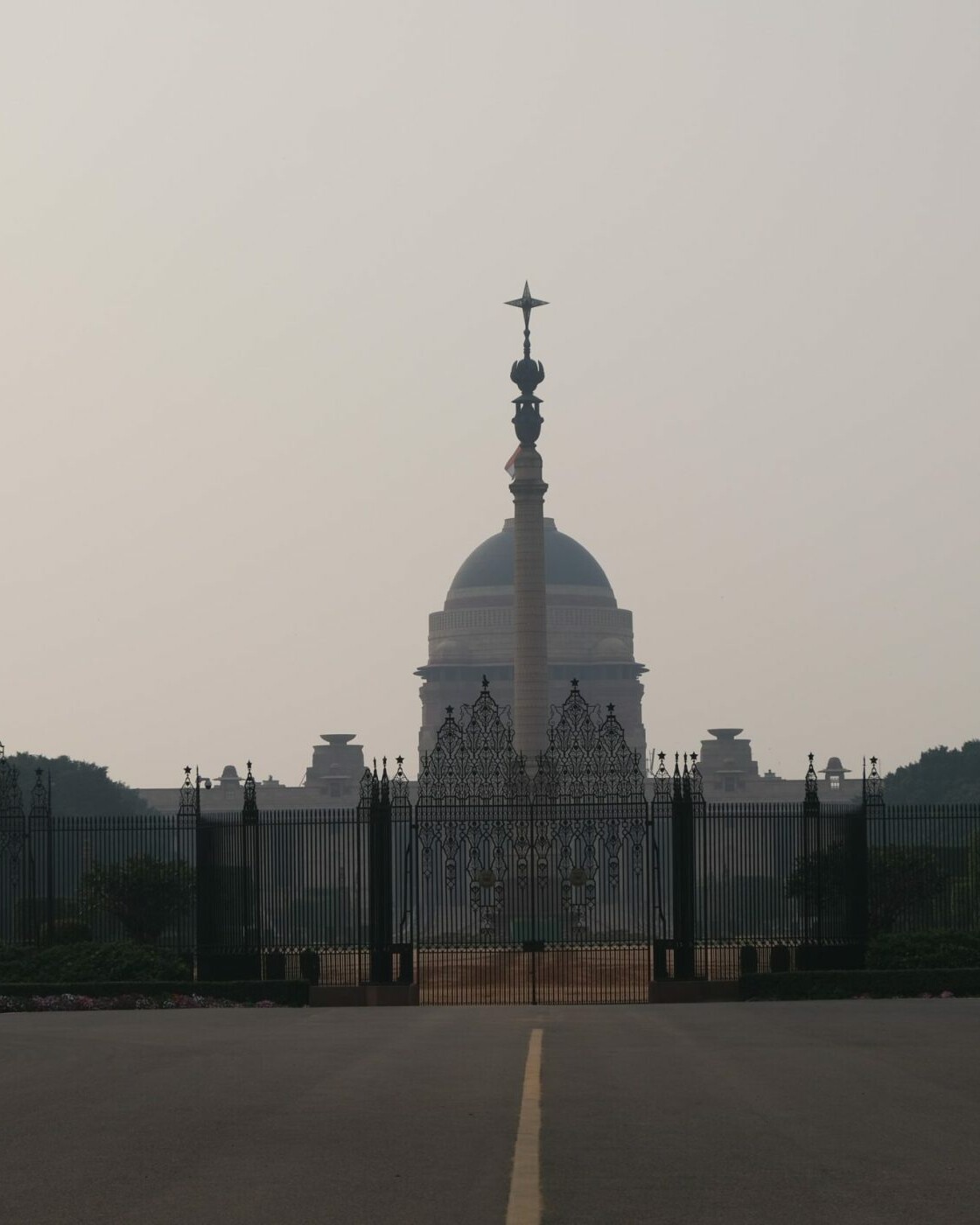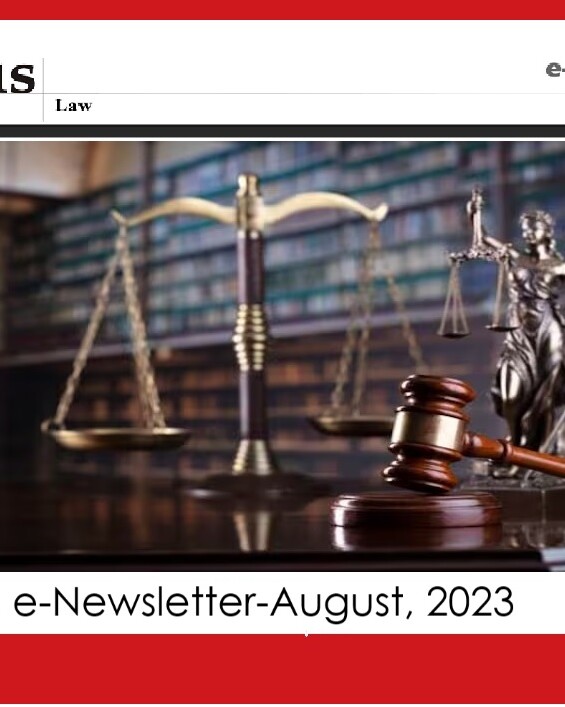Highlights:
Corporate Brief
- Circular dated 07.11.2022 issued by SEBI on the redressal of investor grievances through the SEBI Complaints Redress System (SCORES) platform.
- Circular dated 10.11.2022 issued by SEBI on the applicability of GST on Fees remitted to SBI.
- Notification dated 14.11.2022 issued by SEBI on (Listing Obligations and Disclosure Requirements) (Sixth Amendment) Regulations, 2022.
- Notification dated 21.11.2022 issued by the Ministry of Corporate Affairs on the Companies (Registered Valuers and Valuation) Amendment Rules, 2022.
RERA Brief
- Regulations issued by Haryana Real Estate Regulatory Authority, Gurugram (H-RERA) stating that order passed by the adjudicating officer or the authority or the appellate tribunal is enforceable in the same manner as if it were a decree or an order made by a civil court.
- Letter issued by Uttar Pradesh RERA in respect of Tax Deduction at source as per the provision of Section 194LA of the IT Act, 1961.
- Public notice issued by Real Estate Regulatory Authority, Punjab regarding the submission of certificates for withdrawal of money from the separate bank account.
NCLT Brief
- Vidarbha Industries Power Limited vs Axis Bank Limited (Civil Appeal 4633 of 2021) (SC)
Litigation Brief
- CASE ANALYSIS: HAMDARD NATIONAL FOUNDATION (INDIA) & ANR. VS. SADAR LABORATORIES PRIVATE LIMITED [PRONOUNCED BY THE HON’BLE HIGH COURT OF DELHI ON 21.12.2022 IN FAO (OS) (COMM) NO. 67 OF 2022]
Corporate Brief
Circular dated 07.11.2022 issued by SEBI on the redressal of investor grievances through the SEBI Complaints Redress System (SCORES) platform.
- SEBI has now made it mandatory for investors to first take up their grievances with the concerned entity. The complainant may use SCORES to submit the complaint or grievance directly to the listed companies /intermediaries / MIIs for resolution. Such a complaint is called a “Direct Complaint” and shall be redressed by the entity within 30 days without any intervention of SEBI, failing which the complaint shall be registered on SCORES. Thereafter, SEBI shall take it up with the entity concerned. Only In case, the entity concerned fails to redress the complaint within the timeline provided herein, the investor may then file their complaint in SCORES.
- The circular also provides that SEBI reserves its right to reject a complaint lodged on SCORES, if the date of cause of action is more than one-year-old and/or the complainant has not taken up the complaint with the concerned entity prior to the said date.
- It is also stated that in case the investors require any assistance in filing complaints on SCORES, they may contact the Investor Associations (IAs) recognized by SEBI for any assistance in filing complaints on SCORES.
- The Circular further mentions the types of complaints that will not be dealt through SCORES.
Circular dated 10.11.2022 issued by SEBI on the applicability of GST on Fees remitted to SBI.
- SEBI vide circular dated 18.07.2022 informed Market Infrastructures Institutions (MIIs), intermediaries registered with SEBI and companies which have listed/ are intending to list their securities on the Stock Exchange(s) and persons who are dealing in the securities market, that the fees and other charges payable to SEBI shall become subject to GST at the rate of 18% with effect from 18.07.2022.
- Accordingly under circular dated 10.11.2022 issued by SEBI, Chapter – xx (Bank account details for payment of fees) of the NCS Operational Circular, was replaced to state that the remittance particulars by email at [email protected], immediately after the remittance is made in the format mentioned in the circular. The amendments made in the circular include a format for providing information and details to be provided in the remittance particulars.
Notification dated 14.11.2022 issued by SEBI on (Listing Obligations and Disclosure Requirements) (Sixth Amendment) Regulations, 2022.
- SEBI notified the Listing Obligations and Disclosure Requirements) (Sixth Amendment) Regulations, 2022 to further amend the SEBI (Listing Obligations and Disclosure Requirements) Regulations, 2015. The following key amendments have been inserted.
- The procedure regarding appointment of Independent Directors has been amended by the insertion of a proviso to sub-regulation (2A) which states that where a special resolution for the appointment of an independent director fails to get the requisite majority of votes but the votes cast in favor of the resolution exceed the votes cast against the resolution and the votes cast by the public shareholders in favor of the resolution exceed the votes cast against the resolution, then the appointment of such an independent director shall be deemed to have been made under sub-regulation (2A).
- It was also provided that an independent director appointed under the first proviso shall be removed only if the votes cast in favor of the resolution proposing the removal exceed the votes cast against the resolution and the votes cast by the public shareholders in favor of the resolution exceed the votes cast against the resolution.
- Further sub-regulation 7 of regulation 52 – Financial Results was substituted to require listed entities to submit to the stock exchange(s), along with quarterly financial results, a statement indicating the utilization of the issue proceeds of non-convertible securities, in such format as may be specified by the Board, till such proceeds of issue have been fully utilized or the purpose for which the proceeds were raised has been achieved. Moreover, sub-regulation 7(A) has been substituted to require listed entities to submit to the stock exchange(s), along with the quarterly financial results, a statement disclosing material deviation(s) (if any) in the use of issue proceeds of non-convertible securities from the objects of the issue, in such format as may be specified by the Board, till such proceeds have been fully utilized or the purpose for which the proceeds were raised has been achieved.
- Regulation 59 A on the draft scheme of arrangement and scheme of arrangement was also inserted as well as Regulation 94 A on the draft scheme of arrangement and scheme of arrangement in case of entities that have listed their non-convertible debt securities or non-convertible redeemable preference shares along with schedule regarding fee in respect of draft scheme of arrangement.
- Further Regulation 32, Regulation 52, Regulation 61A and Regulation 94 were also amended.
Notification dated 21.11.2022 issued by the Ministry of Corporate Affairs on the Companies (Registered Valuers and Valuation) Amendment Rules, 2022.
- The Ministry of Corporate Affairs issued notification dated 21.11.2022 on the Companies (Registered Valuers and Valuation) Amendment Rules, 2022 to amend the Companies (Registered Valuers and Valuation) Rules, 2017.
- One of the key changes notified was the insertion of Rule 7 A. whereby a registered valuer was required to intimate the concerned authority for change in the personal details, or any modification in the composition of partners or directors, or any modification in any clause of the partnership agreement or Memorandum of Association, which may affect registration of registered valuer, after paying fee as per the Table -I in Annexure V.
- Another important rule that was inserted pursuant to the notification was Rule 14 A which requires registered valuers organizations to intimate the concerned authority for change in composition of its governing board, or its committees or appellate panel, or other details, after payment of fee as per the Table II in Annexure V.
- Further Rule 8, Annexure III and Annexure IV were also amended and Annexure V was inserted vide the said notification.
RERA Brief
Regulations issued by Haryana Real Estate Regulatory Authority, Gurugram (H-RERA) stating that order passed by the adjudicating officer or the authority or the appellate tribunal is enforceable in the same manner as if it were a decree or an order made by a civil court
- H-RERA on 25.11. 2022 issued Haryana Real Estate Regulatory Authority, Gurugram (order passed by the adjudicating officer or the authority or the appellate tribunal is enforceable in the same manner as if it were a decree or an order made by a civil court) Regulations, 2022. The said regulations will take effect from the date of their publication.
- All matters falling under the purview of the Real Estate Regulatory Authority, Gurugram as declared by the Government of Haryana via Notification 1/92/2017-ITCP dated 14.12.2017.
- It was further stated that where the word “decree” appears in the regulation or order made by the authority, it shall be construed as the order, decision, or direction of the authority enforceable under section 40(2) of the Act read with rule 27(2) of the Haryana Real Estate (Regulation and Development) Rules, 2017, unless the context otherwise requires. Each order, decision, or direction made by the authority will be enforced as a decree of a civil court, unless such context otherwise requires.
Letter issued by Uttar Pradesh RERA in respect of Tax Deduction at source as per the provision of Section 194LA of the IT Act, 1961.
- UP RERA vide its letter dated 14.11.2022 informed all the Promoters that the Income Tax Department has asked Uttar Pradesh RERA to direct all promoters of real estate projects registered under U.P. RERA to inform their buyers of immovable property valued at Rs. 50.00 lac and above to deduct and deposit TDS @ 1% on each payment (including advance payment) made by the buyers to the seller/developers/builders. According to the terms of 194 LA, the TDS amount must be placed into the Central Government account as follows:
- Any person who is a transferee and is responsible for paying a resident transferor any amount as consideration for the transfer of any immovable property (other than agricultural land) shall, at the earlier of the time of crediting the amount to the transferor’s account or the time of payment in cash, by issuing a check or draft, or by any other method, deduct an amount equal to one percent of the amount.
- Where the consideration for the transfer of an immovable property and the stamp duty value of such property are both less than fifty lakh rupees, no deduction under sub-section (1) shall be made.
Public notice issued by Real Estate Regulatory Authority, Punjab regarding the submission of certificates for withdrawal of money from the separate bank account.
- Real Estate Regulatory Authority, Punjab vide its public notice dated 15.11.2022 stated that the promoters shall submit a copy of Form 1, 2 and 3 under section 4 (2) (I) (D) of Real Estate (Regulation and Development) Act, 2016 to Authority simultaneous to the submission of the same to the banks for withdrawal from the separate bank account.
- The forms are also required to be accompanied with the qualification certificate of the architect and engineer.
NCLT Brief
Vidarbha Industries Power Limited vs Axis Bank Limited (Civil Appeal 4633 of 2021) (SC)
The judgment rendered by Hon’ble Justices Indira Banerjee and J.K. Maheshwari in the case of Vidarbha Industries Power Limited vs Axis Bank Limited brings about major changes in terms of adjudication of an application filed under section 7 of the Insolvency & Bankruptcy Code, 2016 (“the Code”). In the said case, an appeal under section 62 of the Code was preferred against the judgment and order passed by the National Company Law Appellate Tribunal (“NCLAT”), before the Hon’ble Supreme Court wherein the NCLAT had refused to stay the Corporate Insolvency Resolution Process (“CIRP”) initiated by the financial creditor, Axis Bank Limited, under section 7 of the Code against Vidarbha Industries Power Limited (“Corporate Debtor”).
ISSUE FOR CONSIDERATION
The question of law before the Hon’ble Supreme Court was whether the National Company Law Tribunal (“NCLT”) while examining the existence of debt and default by a corporate debtor is empowered to exercise its discretion for initiation of the CIRP in an application filed under section 7 of the Code.
BRIEF FACTS-
The Corporate Debtor, an electricity generating company, was permitted by Maharashtra Electricity Regulatory Commission (“MERC”) to execute a Power Procurement Agreement with Reliance Industries Limited (“RIL”) whereby the Corporate Debtor was mandated to supply power to RIL. During the execution of the said agreement certain disputes arose with regard to fuel costs and coal procuring cost for the purpose of running the power plant. Subsequently, the Corporate Debtor filed an application before MERC for the purpose of truing up the tariff. MERC rejected the application filed by the Corporate Debtor and while disallowing the substantial portion of the fuel costs as claimed by the Corporate Debtor capped the tariff. Being aggrieved by the said order of the MERC, the Corporate Debtor filed an appeal before Appellate Tribunal for Electricity (“APTEL”). APTEL directed MERC to allow the Corporate Debtor the actual cost of coal and awarded a sum of Rs. 1,730 Crores to the Corporate Debtor, pursuant to which the Corporate Debtor filed an implementation application before MERC. MERC moved an appeal before the Hon’ble Supreme Court against the order passed by APTEL in favour of the Corporate Debtor. During the pendency of the said appeal, on account of non-implementation of the decision of the APTEL, the Corporate Debtor was under considerable financial strain.
Meanwhile, Axis Bank filed an application under section 7 of the Code before NCLT for initiation of CIRP against the Corporate Debtor. Further, Corporate Debtor filed an application before NCLT seeking stay of the said proceedings till the appeal filed by MERC was disposed of by the Hon’ble Supreme Court.
DECISION OF THE NCLT:
The NCLT dismissed the application seeking stay of proceedings under section 7 of the Code filed by the Corporate Debtor and observed that no extraneous matter should come in the way of expeditiously deciding an application under section 7 or 9 of the Code. The NCLT had observed that the dispute of Corporate Debtor with MERC would be extraneous to the said application. Further, the NCLT observed that the decision pending before the Apex Court would hardly have any bearing on the issues involved in the application filed under section 7 of the Code. Hence, the NCLT limited its jurisdiction to two aspects, i.e., existence of a debt and default by a corporate debtor in making the repayments, to trigger the CIRP.
DECISION OF THE NCLAT:
The Corporate Debtor filed an appeal before the NCLAT against the aforesaid order of the NCLT which was dismissed by the NCLAT. NCLAT upheld the view of the NCLT and held that the Corporate Debtor had no justifiable cause for stalling the CIRP.
HON’BLE SUPREME COURT’S OBSERVATION:
The present appeal was filed before the Supreme Court to determine whether section 7(5)(a) is a mandatory or a discretionary provision. The Hon’ble Court observed as follows: –
Comparison between the section 7(5) and section 9(5) of the Code, as the former uses “may” and the latter uses “shall”:-
- Where the Adjudicating Authority is satisfied that a default has occurred and the application under sub-section (2) is complete and there is no disciplinary proceeding against the proposed resolution professional, it may by order, admit such application. If the default itself has not occasioned, or the application is incomplete, or any disciplinary proceeding is pending against the proposed Resolution Professional, the Adjudicating Authority (NCLT) “may” reject such application in terms of section 7(5)(a) of the Code, subject to affording the applicant an opportunity to rectify the defect.
- Both NCLT and NCLAT held that if two aspects are satisfied, i.e., if a debt existed and the Corporate Debtor was in default of payment in respect thereof then the application under section 7(5)(a) of the Code, must necessarily be entertained and admitted.
- However, the Hon’ble Supreme Court held that the existence of a financial debt and default in payment only gave the financial creditor a right to apply for initiation of the CIRP proceedings of a corporate debtor. The NCLT ought to have applied its judicial mind to relevant factors in the said respect and ascertained, inter alia, the feasibility of initiating the CIRP of an electricity generating company operating under statutory control, the impact of MERC’s appeal pending before the Supreme Court, order of APTEL in favour of the Corporate Debtor and the overall financial health and viability of the Corporate Debtor under its existing management.
- The legislative intent behind the usage of the expression “may” in section 7(5)(a) of the Code confers a discretion upon the NCLT.
- On the contrary, the pari materia section for operational debts, i.e., section 9(5) of the Code provides that the NCLT “shall” within fourteen days of the receipt of an application admit the application subject to the conditions prescribed under clauses (a) to (e) of section 9(5)(i) of the Code are satisfied.
- A bare perusal of the aforesaid makes it apparent that Legislature intended section 9(5)(a) of the Code to be mandatory and section 7(5)(a) of the Code to be discretionary in nature. An application is mandatorily required to be admitted if the application is complete in all respects and in compliance of the requisites of the Code in respect of operational debts, whereas, in the case of an application by a financial creditor, the NCLT might examine the expedience of initiation of CIRP, taking into account all relevant facts and circumstances, including the overall financial health and viability of the Corporate Debtor. The Adjudicating Authority may in its discretion not admit the application of a financial creditor.
The Hon’ble Supreme Court allowed the appeal filed by the Corporate Debtor holding that an amount of Rs. 1,730 crores were realizable by the Corporate Debtor in terms of order of APTEL. The Hon’ble Court also held that NCLT and NCLAT committed a grave error in holding that once a debt existed and a corporate debtor committed default in payment of debt then there would be no option with the Adjudicating Authority, but to admit the petition under section 7 the Code. Further, the Hon’ble Court directed the NCLT to reconsider the application filed by the Corporate Debtor seeking stay on insolvency proceedings on merits in accordance with law. It may not be out of place to mention that the review preferred against the said judgment was dismissed.
Litigation Brief
CASE ANALYSIS: HAMDARD NATIONAL FOUNDATION (INDIA) & ANR. VS. SADAR LABORATORIES PRIVATE LIMITED [PRONOUNCED BY THE HON’BLE HIGH COURT OF DELHI ON 21.12.2022 IN FAO (OS) (COMM) NO. 67 OF 2022]
The captioned appeal was filed by Hamdard National Foundation (India) and Hamdard Dawakhana, also trading as Hamdard Laboratories (India)- Food Division, before the Hon’ble High Court of Delhi impugning an order, dated 06.01.2022, passed by the Ld. Single Judge whereby the Appellants’ application seeking an interim injunction against Sadar Laboratories Private Limited, from infringing the Appellants’ registered trademarks, under the name and style of “ROOH AFZA”, was rejected.
Facts:
- Hamdard National Foundation (India) and Hamdard Dawakhana, also trading as Hamdard Laboratories (India)- Food Division (“Hamdard”) are the registered trademark owners of the leading sweet beverage concentrate “ROOH AFZA” since 1942, which has been in use since the year 1907, and has established itself as one of the most reputed marks used in relation to sharbats, along with many variants and formative marks.
- Hamdard filed a suit bearing number CS (COMM) 551/2020, titled “Hamdard National Foundation (India) & Anr. Vs. Sadar Laboratories Private Limited” (“said Suit”), inter alia, seeking a permanent injunction restraining Sadar Laboratories Private Limited (“Sadar Lab”) from using the trademark “SHARBAT DIL AFZA”, which is likely to cause confusion and dilution of the trademark “ROOH AFZA”, and amounts to passing off.
- Hamdard claims that the mark “ROOH AFZA” has acquired immense goodwill in relation to sharbats and their sales turnover has increased to INR 309,83,57,000/- during the FY 2020. It is Hamdard’s case that “DIL AFZA” is deceptively similar to their trademark, and further, the get up and design of the product, including the bottle used by Sadar Lab, is deceptively similar to the trade dress and get up of Hamdard’s product.
- Sadar Lab contends that it is a registered proprietor of the trademark “SHARBAT DIL AFZA”, and by virtue of Section 29 of the Trademarks Act, 1999, an action for infringement is not maintainable. They further claim that no confusion has been caused on account of their use of the mark “DIL AFZA”, which has been in use for syrups and beverages since the year 2019.
- It is further claimed by Sadar Lab that they have coined the trademark by joining separate words ‘DIL’ and ‘AFZA’, which are words from the vocabulary of Urdu language. Hamdard cannot claim any exclusive right over the word ‘AFZA’, solely by virtue of being the proprietor of the composite mark ‘ROOH AFZA’, the registration whereof does not grant any exclusive right of use in respect of any part of the said trademark. Further, the two competing trademarks are dissimilar as there is no phonetic or visual similarity between these marks.
Findings by the Ld. Single Judge:
- The Ld. Single Judge in the said Suit, following the earlier decisions in Cadila Laboratories Limited & Anr. Vs Dabur India Limited[1], Schering Corporation & Ors. Vs Alkem Laboratories Ltd.[2] and Vardhman Buildtech Private Limited & Ors. Vs Vardhman Properties Limited[3], held that Hamdard can claim exclusivity only in respect of the complete trademark, and not the two words – ‘ROOH’ and ‘AFZA’ – that constitute the trademark.
- The Ld. Single Judge also rejected the contention that the two competing marks are similar on the ground that the words ‘DIL’ and ‘ROOH’ entail deep emotion and the word ‘AFZA’ was common to both. The Ld. Single Judge observed that a bottle of sharbat would not entail any deep emotion and in any event, the consumers would be able to distinguish between ‘ROOH’ and ‘DIL’. While the words ‘ROOH AFZA’ may have acquired a secondary meaning to indicate Hamdard’s products, the word ‘AFZA’ by itself did not appear to have acquired any such secondary meaning.
Issue:
The issues before the Ld. Division Bench in the captioned Appeal was whether there is any likelihood of confusion between the two competing marks and whether Sadar Lab infringed on Hamdard’s registered trademark(s).
Court’s observations, findings and conclusion:
- The Hon’ble Court, while relying on several precedents from the United States’ Courts, observed that the three tests of sound, sight, and meaning are now well accepted for determining the similarity between competing marks. The question of similarity and the likelihood of confusion between two competing marks is determined on the basis of their overall commercial impression.
- The two trademarks are composite marks and the words ‘ROOH AFZA’ and ‘DIL AFZA’ cannot be dissected, as the similarity must be determined on the marks as a whole. The rationale for the anti- dissection rule is that a prospective buyer retains the overall commercial impression of a trademark and not one part of the same. However, it is permissible to examine a dominant part of the mark for determining the overall impression that a composite mark may carry.
- The Hon’ble Court observed that the urdu word ‘AFZA’, meaning “giver of plenty” or “increasing” is an integral part of both the trademarks. The word ‘AFZA’ is neither descriptive of sharbats nor any of its attributes. The Hon’ble Court further observed that Hamdard’s Trademark ‘ROOH AFZA’ was a source identifier for its product for over a century. In this view, the use of ‘AFZA’ – which is a significant part of Hamdard’s composite trademark- by Sadar Lab, as a part of a trademark in respect of a competing product, is material in determining whether the two competing trademarks are similar.
- In the present case, the fact that both the composite marks end with ‘AFZA’, lends an element of similarity to both the marks. It has been held in Kirorimal Kashiram Marketing & Agencies Private Limited vs. Shree Sita Chawal Udyog Mill[4] that “it is not permissible to copy a prominent part of the registered trademark of another person, more so, when the word mark is arbitrarily adopted with respect to the product in question”.
- The Hon’ble Court thus held that it is not difficult to conceive that a person who looks at the label of “DIL AFZA” may recall the label of “ROOH AFZA” as the word “AFZA” is common and the meaning of the words “ROOH” and “DIL”, when translated in English, are commonly used in conjunction.
- In the aforesaid background, the Hon’ble Court allowed the captioned Appeal preferred by Hamdard, and directed Sadar Lab to not manufacture and sell syrups and beverages under the impugned trademark “DIL AFZA”.
***
[1] 1997 SCC OnLine Del 360
[2] 2009 SCC OnLine Del 3886
[3] 2016 SCC OnLine Del 4738
[4] 2010 SCC OnLine Del 2933







